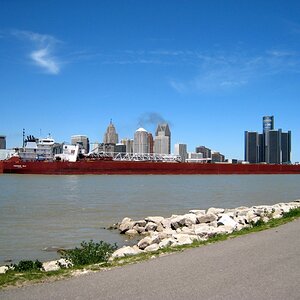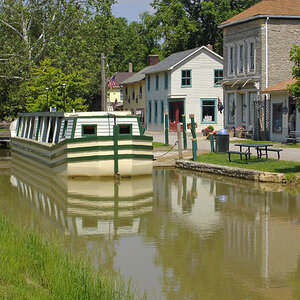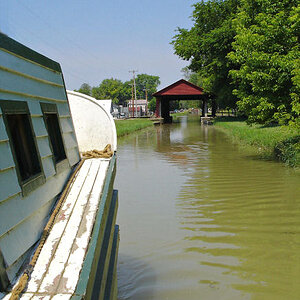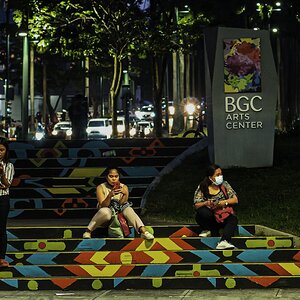ryunin
TPF Noob!
- Joined
- Jan 17, 2010
- Messages
- 89
- Reaction score
- 0
- Location
- Prague, the Czech Republic
- Website
- www.romanvalekphotography.com
- Can others edit my Photos
- Photos NOT OK to edit
Hi guys, I haven't been here for a while, and I ' ve been busy developing and making my first prints. As for prints, I have a dilema. RC or baryta. I know the pros and cons, RC easier to make, quick, look pretty good anyway, but baryta is more like classic, style, and if I have a fine photograph I definitely want to have it for a long time, possibly for my children and grandchildren in baryta. I also pretty hate the feeling in my fingers when I deal with RC prints, when they are wet, I just really hate that plastic stuff. I don't know why.
In the Czech Republic my photography friends all use glass and tape to keep the baryta paper from .... twisting, curving when the print is drying, how you call it. I wonder if you do the same, if that's the only way or the traditional way, using glass. Or if you know a link to send me to some relevant articles , please do. Thanks lots.
In the Czech Republic my photography friends all use glass and tape to keep the baryta paper from .... twisting, curving when the print is drying, how you call it. I wonder if you do the same, if that's the only way or the traditional way, using glass. Or if you know a link to send me to some relevant articles , please do. Thanks lots.


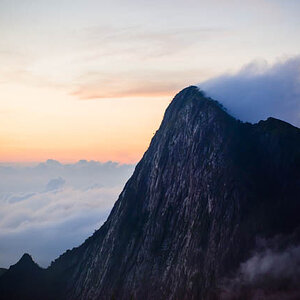
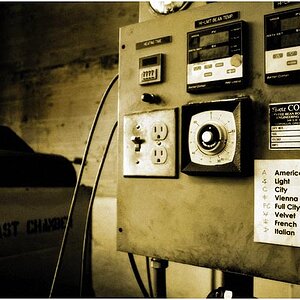
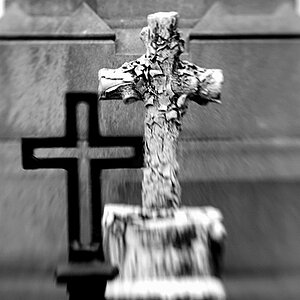

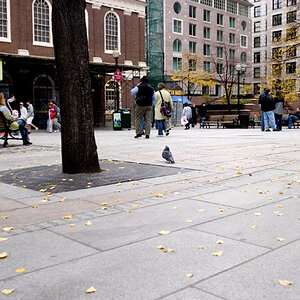
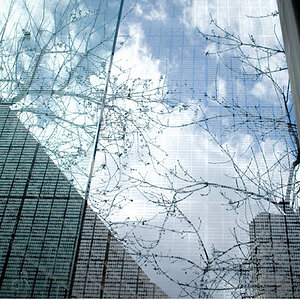
![[No title]](/data/xfmg/thumbnail/34/34040-14af4007923299ad46d35fc110d0faad.jpg?1619736250)
![[No title]](/data/xfmg/thumbnail/34/34042-f37784c4a5db3d0cf34059cad22b288c.jpg?1619736251)
